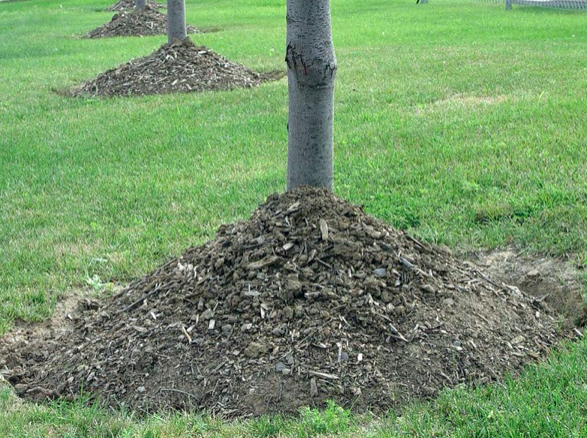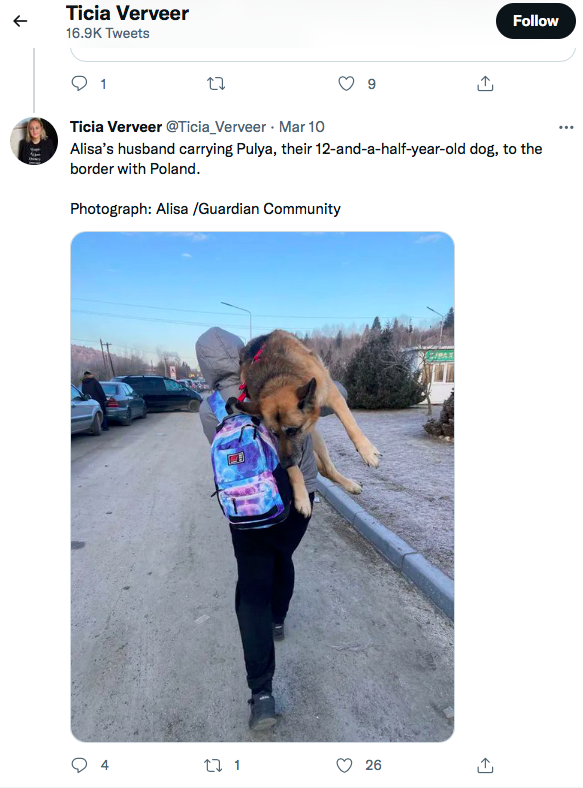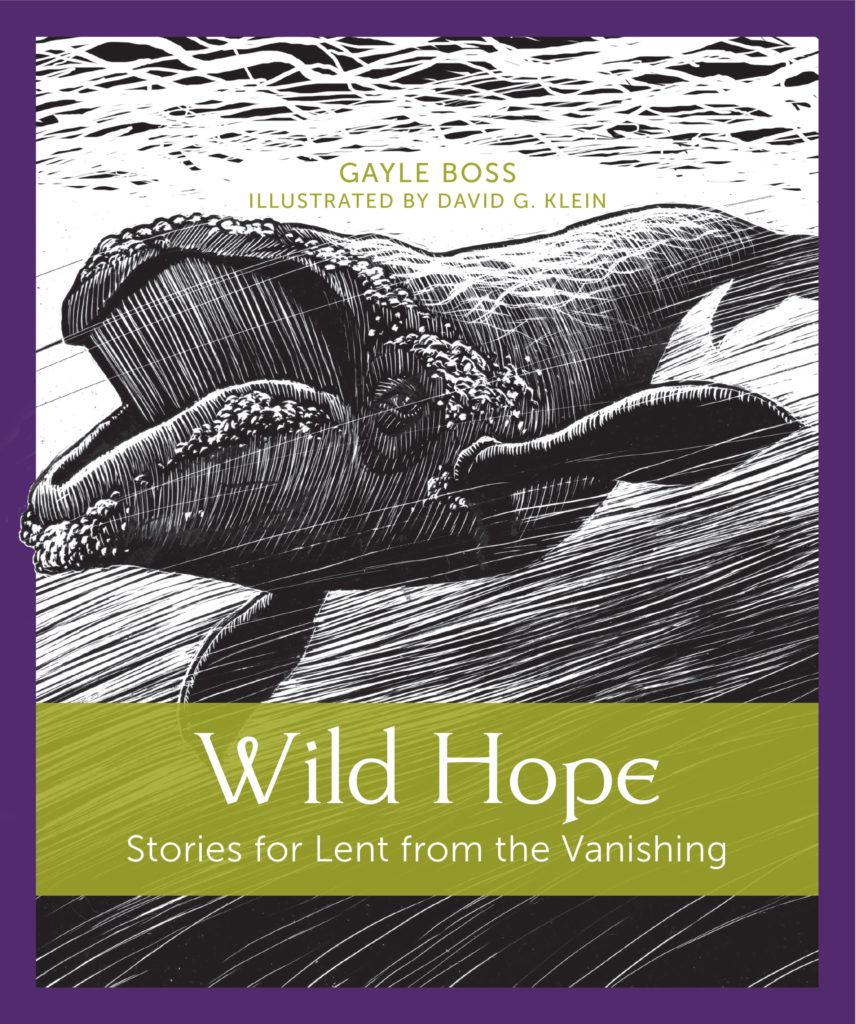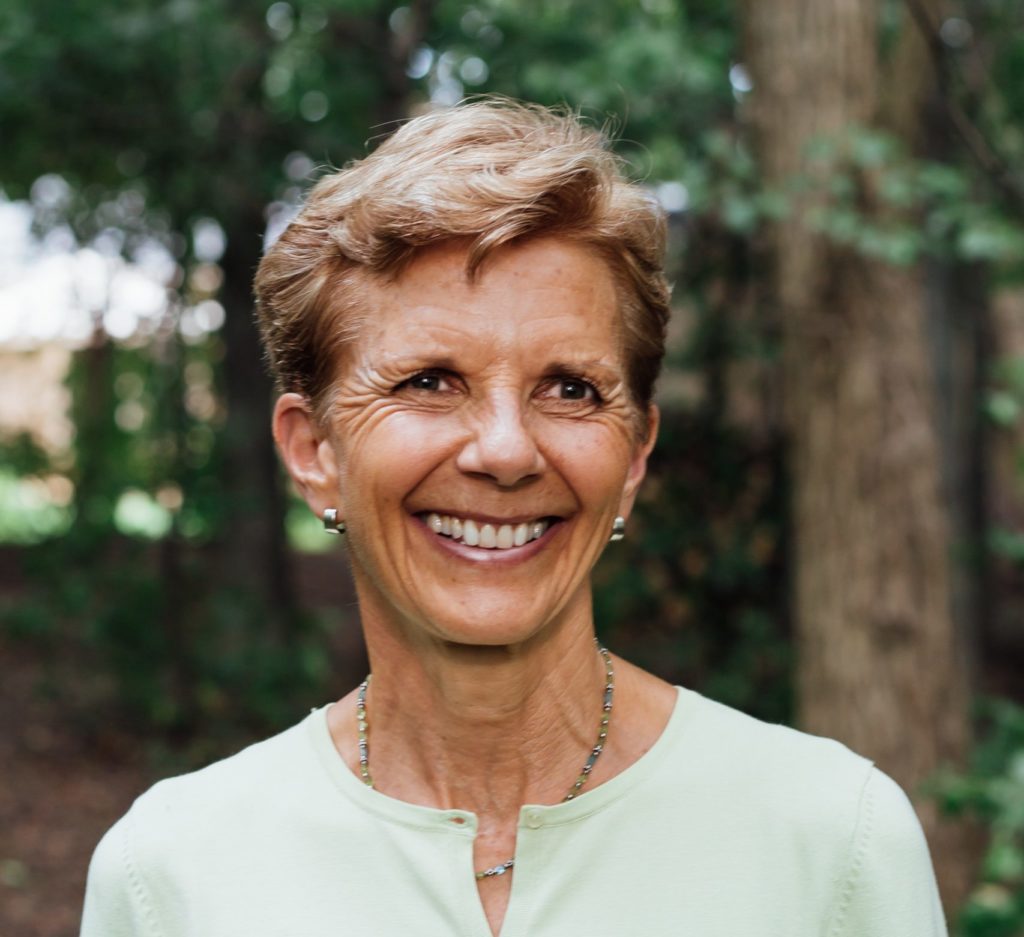My wife Mayumi recently learned about “mulch volcanoes” from the Master Gardener class she is taking through the University of Illinois Extension.
People create mulch volcanoes when they pile up mulch high against the trunk of a tree. This makes it appear that the tree trunk is erupting out of a sloping, volcano-like mound of mulch.
Mulch volcanoes look innocuous, but they’re actually harmful to trees for multiple reasons.
Just one reason is that the constant contact of wet organic material starts to break down the surface of the tree’s trunk. This eventually leads to damage to the phloem and xylem layers beneath the bark. These vascular tissues carry nutrients from the leaves to the roots and from the roots to the rest of the tree respectively. Rotting these tissues away is like applying a tourniquet too tightly to a human limb – it cuts off vital circulation. The tree will slowly die.
Ever since she learned about mulch volcanoes, my wife has been dismayed to see them seemingly everywhere.
They were, of course, there all of the time. But now she knows what to look for and knows the damage the practice does. And my wife, being who she is, wants to save every tree she sees in this condition. Her heart hurts to see these vulnerable plants suffering harm in slow motion.
This is a prime example of the truth of Aldo Leopold’s words: “The penalty of an ecological education is to live alone in a world of wounds.”
Once you understand the fascinating elements (plants, animals, microbes, etc.) of God’s earth and how those elements relate to each other ecologically, then the purposeful and unintended damage we do to Creation becomes painful to contemplate.
I know you know the truth of that statement.
I’m sure you’ve become aware of the wounds done to God’s earth nearby and around the world. Like a subdivision replacing a woods. Like a dam under construction that will drown villages and forests.
You may also have noticed that you are largely alone in seeing that harm and experiencing that ache in your heart. This is often the case in general American culture. It’s also usually the case in church culture.
When was the last time you were at a call for prayer and someone lifted up a concern related to Creation?
That combnation of being aware of the degradation of God’s Creation and of feeling alone in that awareness is something I often feel. And because the pain can be overwhelming, I sometimes begin to allow a callus to grow around my heart. Sometimes, too, I try not to see what I see or distract myself with (and I hate to admit this) YouTube videos.
But those attempts to avoid the wounds or keep them from my heart only work temporarily. I become aware of what I am doing. Or something comes onto the scene that just doesn’t allow me to escape.
The war in the Ukraine is the most recent example. The war is a disaster of epic proportions for the Ukranian people. It is also a tragedy for the many Russians who oppose it or who are simply powerless to stop it.
That’s just one level of pain.
If you remember your whole faith and do a simple Google search, then you can easily enter another level of anguish. You will find that the Ukraine war, like any other war, is a disaster for the animals, plants, soil, and air that are all part of God’s miraculous world.
Here are revealing articles about the tragedy of the war for Ukranians, their pets, and the life of their country. The first. The second. And this is one about a young woman – Anastasia Yalanskaya – who was murdered by Russain troops while trying to deliver desperately needed food to a dog shelter.
God!
I desperately want to look away from all of this brokenness. I desperately want God to make it all all right. Right now.
As if that it isn’t hard enough, I then find myself aware that it feels wrong in America to be sad and heartbroken. That’s not what our culture wants or accepts.
And somehow it can also feel wrong as a Christian to be sad and heartbroken. I feel like a widower who frustrates his well-meaning friends calling for him to buck up and move on. Sure he lost his spouse, but she “was taken by the Lord” and is “in a better place.” There are countless ways Christian culture tries to deaden our hearts towards Creation and what we do to it.
This all leads me to two questions. The first – why could God allow such suffering for people and all of Creation? God has heard all of Creation groaning for millennia like God heard the Israelites groaning in Egypt. How can a father, the Father, not intervene? The second – how do I live in the presence of so much suffering? How can I persist in acting for God’s love of his people and His earth when the cycle of destruction keeps coming again and again? How can I persist when climate chaos threatens so much? How do I persist when the nature of today is a diminished form of what it used to be?
I know there are many complex theological ways of dealing with the first question. But here’s what I have found works for me. It is not an answer. It is more of a resonance.
The Bible makes clear that this suffering was not God’s intent. In John 3:16 and in the very sending of Jesus, we know that God loves this world. God loves this world dearly.
The Bible also makes clear that the brokenness of this world will not always persist. In some mysterious way, through Jesus the grip of evil and of the rule of destructive principalities over the world will be fully broken. There will be a new heaven and earth that is, I believe, somehow like the body of the resurrected Jesus.
And I believe that this new earth will have all of the goodness and diversity that this current earth has ever had and much, much more.
What helps me in a resonant sort of way is to know that God through Jesus experienced the suffering of the world from our sins. And isn’t it interesting that suffering and anguish are common elements of the Old and New Testaments? The majority of Psalms, for example, are laments of one kind or another. The prophets are full of sadness and anger. Jesus, who knew of God’s future for the world, wept.
I am helped, too, by the knowledge that the early Christians were able to be so revolutionary in their living and in their presence within the empire that had killed Jesus. They stood apart. They treated women differently. They welcomed people of all social strata. They offered hope, and they carried a message that changed people. The DNA of the movement must have been incredibly powerful. That also resonates and inspires.
As for how I live, I will follow the God I know through Jesus.
Jesus calls us to follow him. His path informs our path.
We must expect difficulties and be willing to sacrifice. The fact that such a way would lead Jesus to death tells me a great deal, makes it seem more authentic. In this world of wars, factory farms, and toxic agricultural chemicals being found in ambient air even on mountain tops in Europe, we must expect to face seemingly impossible odds. We must also expect to feel anguish at what cannot be stopped, like when Jesus shared his anguish at the coming destruction of Jerusalem in Matthew 23:37-39.
I find, too, a strange sort of comfort in the fact that the name – Israel – given to the people God chose to be a key part of his rescue mission for the world literally means “wrestles with God.”Moses wrestled with God at times. So did Job and the prophets.
Faith does not mean absence of struggle. I will wrestle with God even as I follow Jesus. I will argue with God that enough is enough. I will pray for God to intervene for the sake of the whole world – people and Creation.
Mayumi and I will do what we can where we live and work to live out a whole faith with God’s help. We will seek to love God with all of our heart and soul and strength. We will seek to be good and loving to our neighors and to do what humans are meant to do – protect, keep and prosper God’s earth. Mayumi, for example, will use her Master Gardener education to help people care for their gardens and yards. I’ll keep giving all I have to my job. There I seek to expand regenerative agriculture and connect sustainable farmers with the farmland they need to farm. I will do my best to contribute my voice for this kind of whole faith. And, I have written an email to our Lake County Department of Transportation about the mulch volcanoes we saw recently in the median on a county road.
We will balance all of that with rejuvenating our hearts and spirits on a regular basis. We strive to use Sundays as Sabbaths. We enjoy good-for-God’s-world food and the company of our sons via Zoom calls. We read together. I’ll take breaks from time to time for enjoyment and relaxation, striving to have the faith to know that it is not all up to me. God is at work in the world.
Even as the war in Ukraine has brought despair, it has also brought inspiration. I read of a Ukranian couple who, as they fled the Russian invasion, remained devoted to their German shepherd. They carried their aging pet to safety as you can see in the photo below.
They could not save all of the pets and wild animals from the horrors of a war. But they could be devoted to the dear animal in their care.








